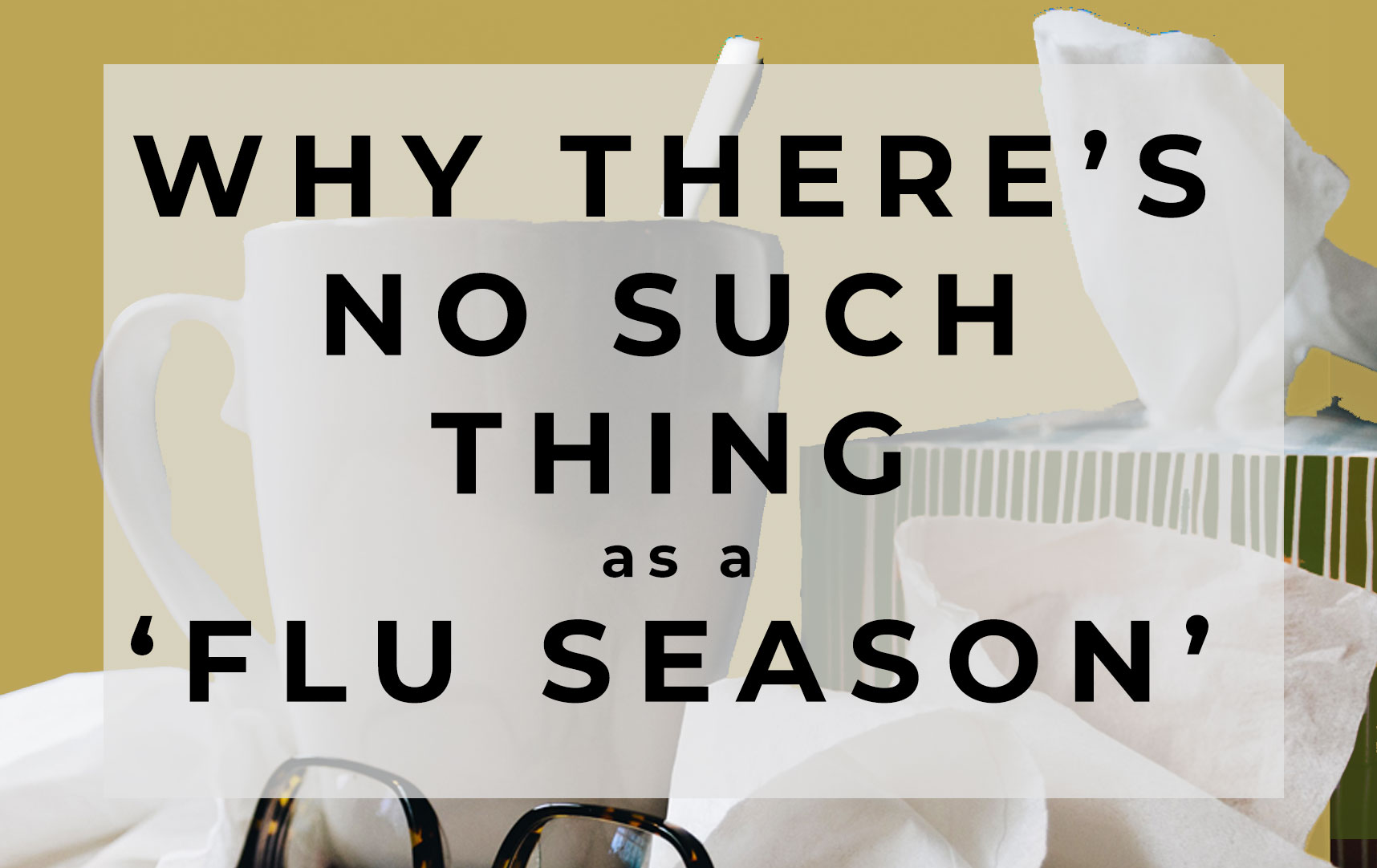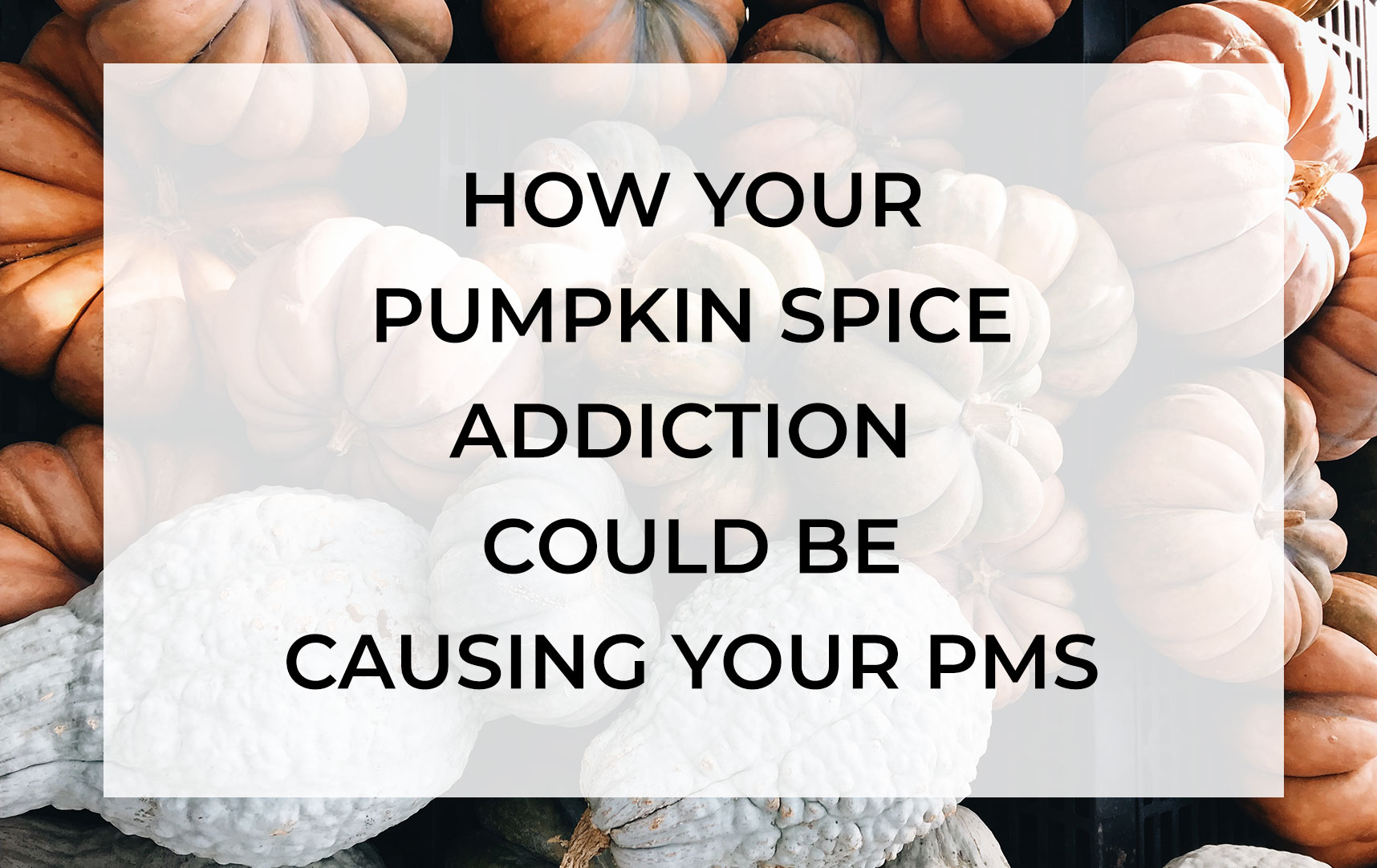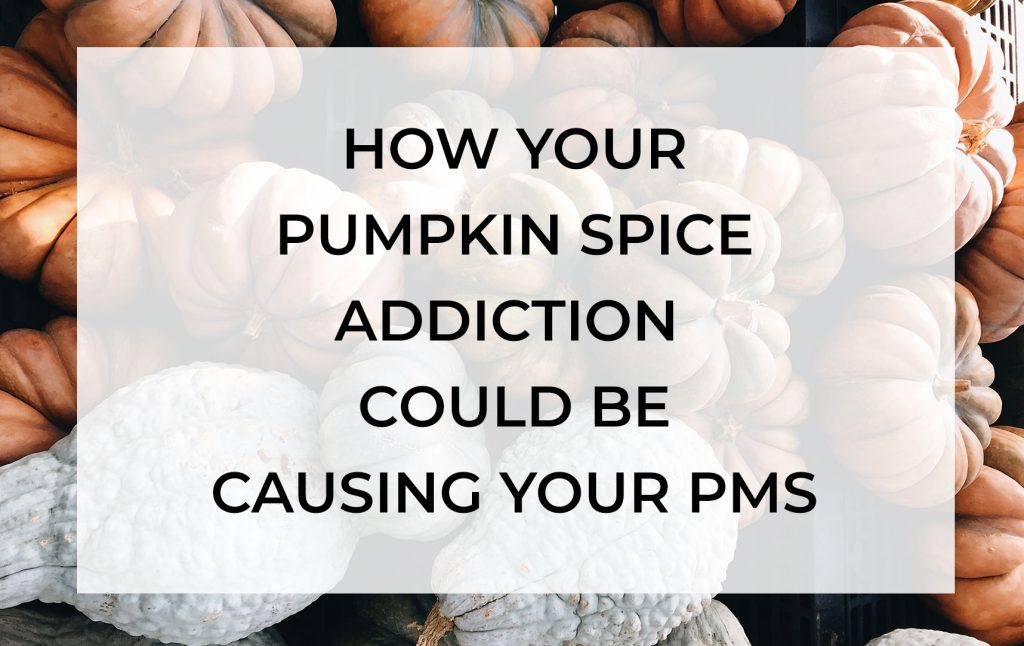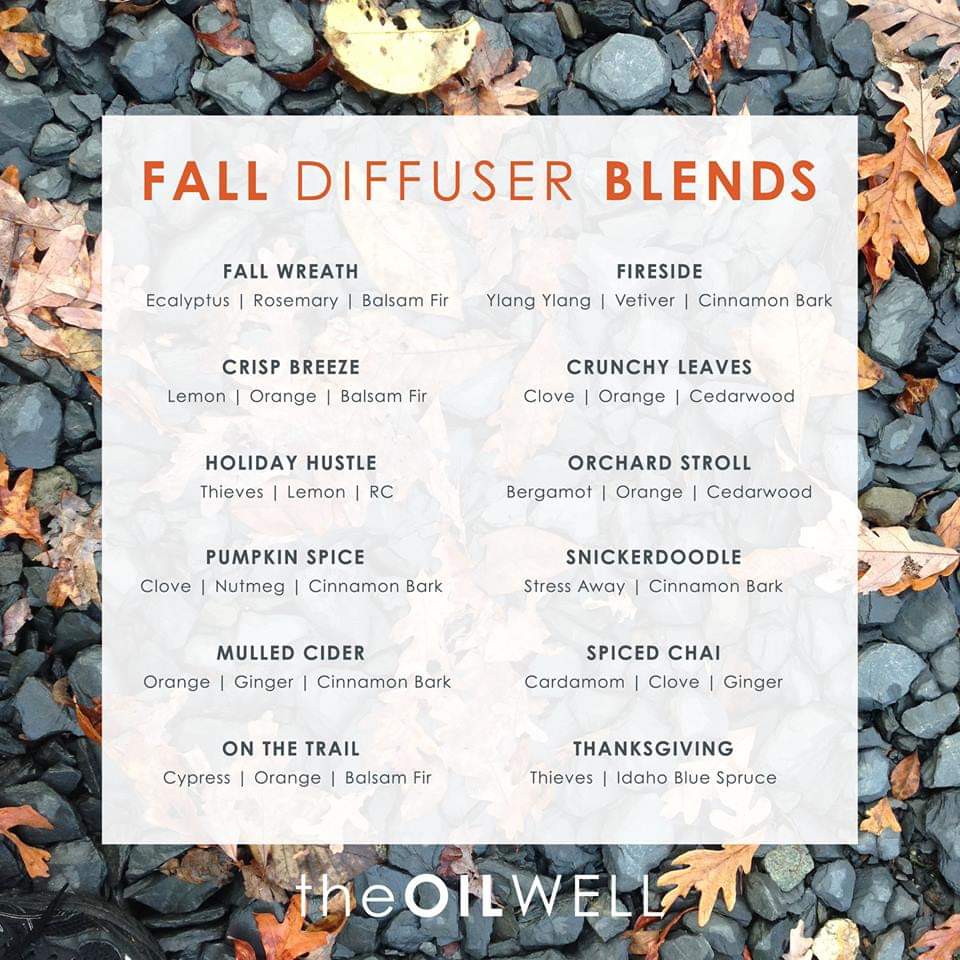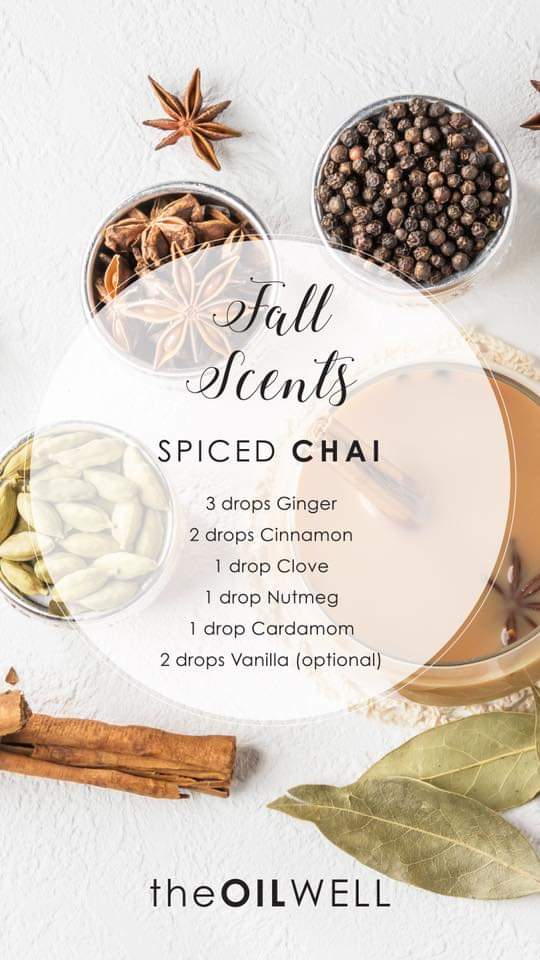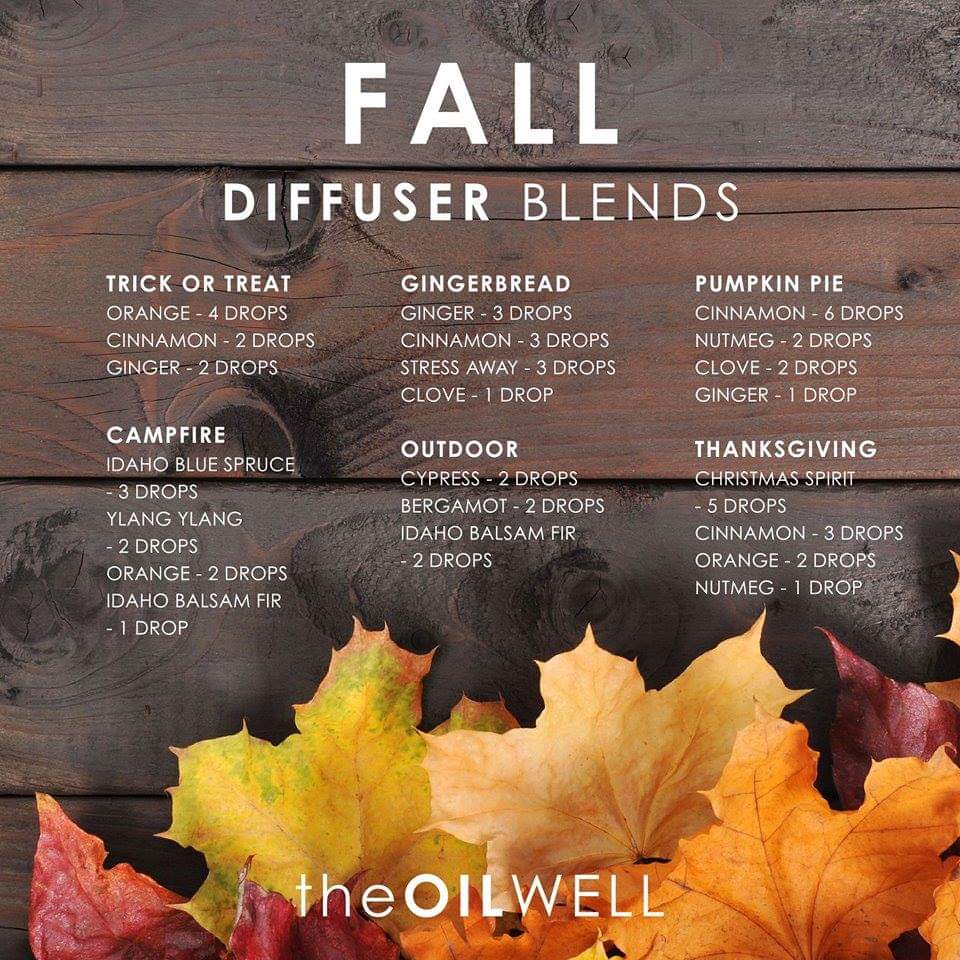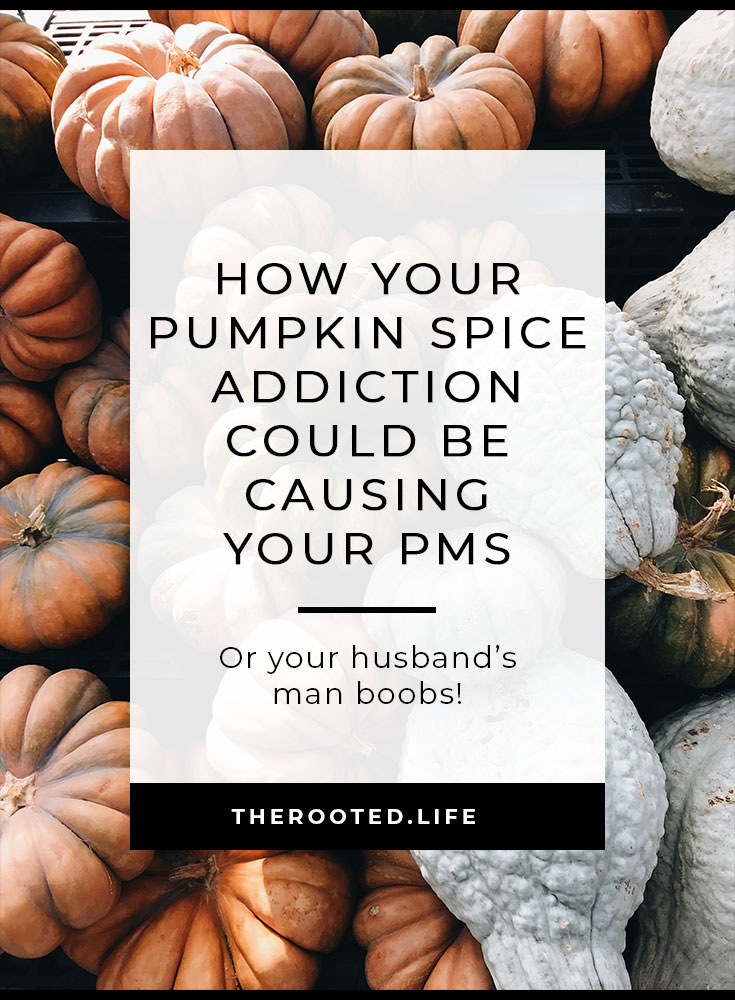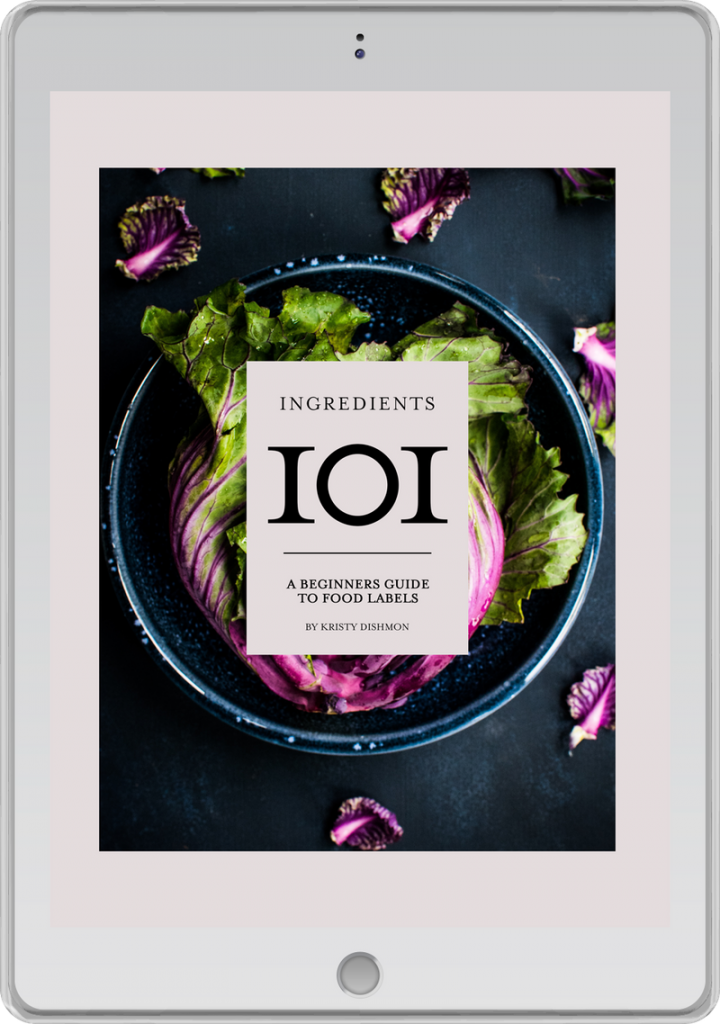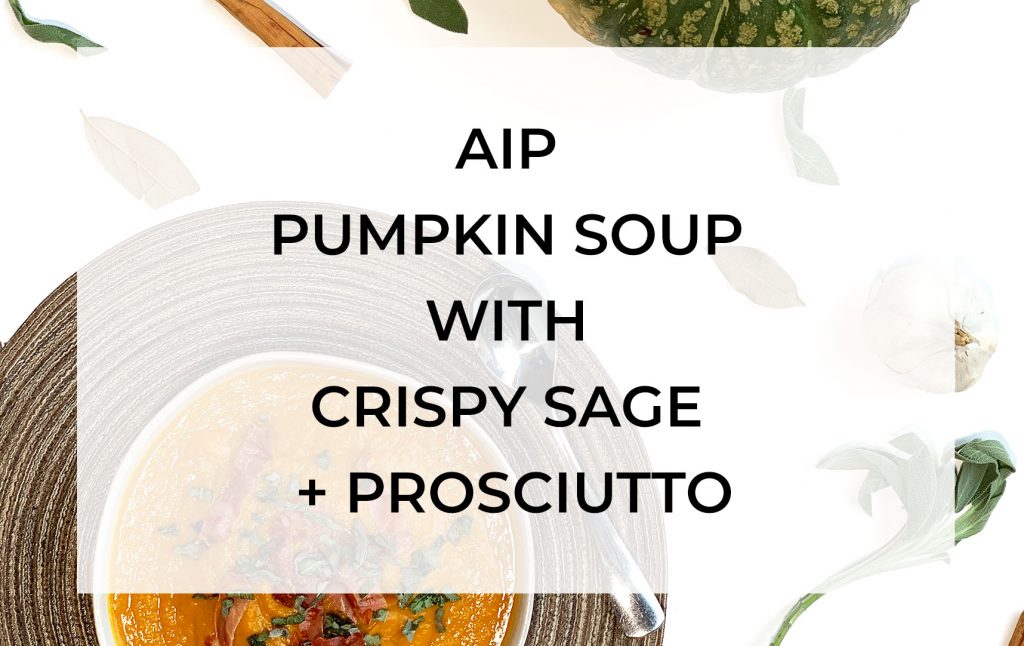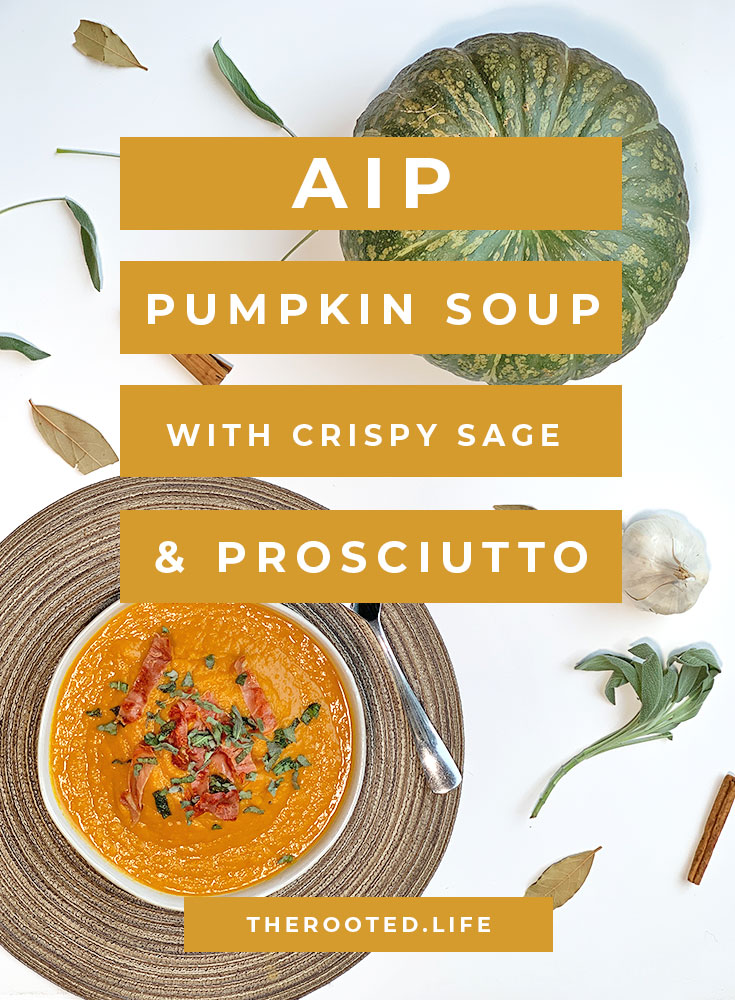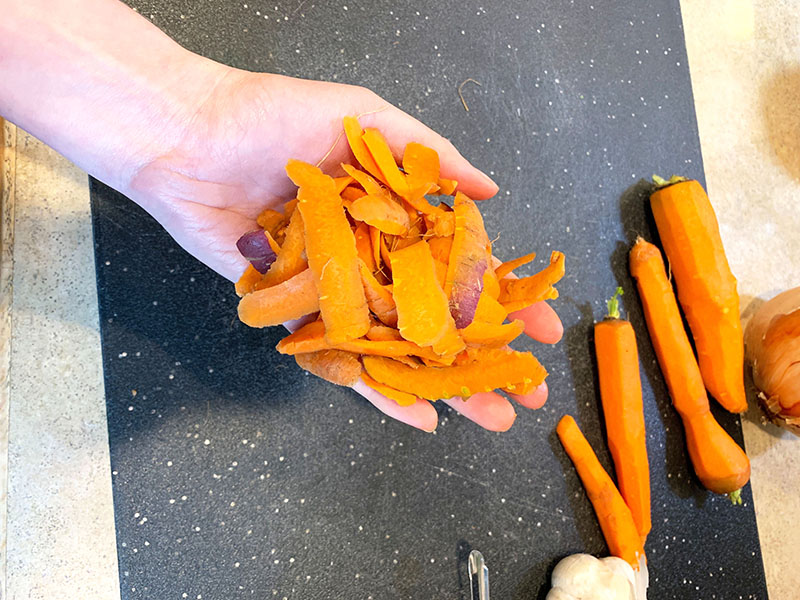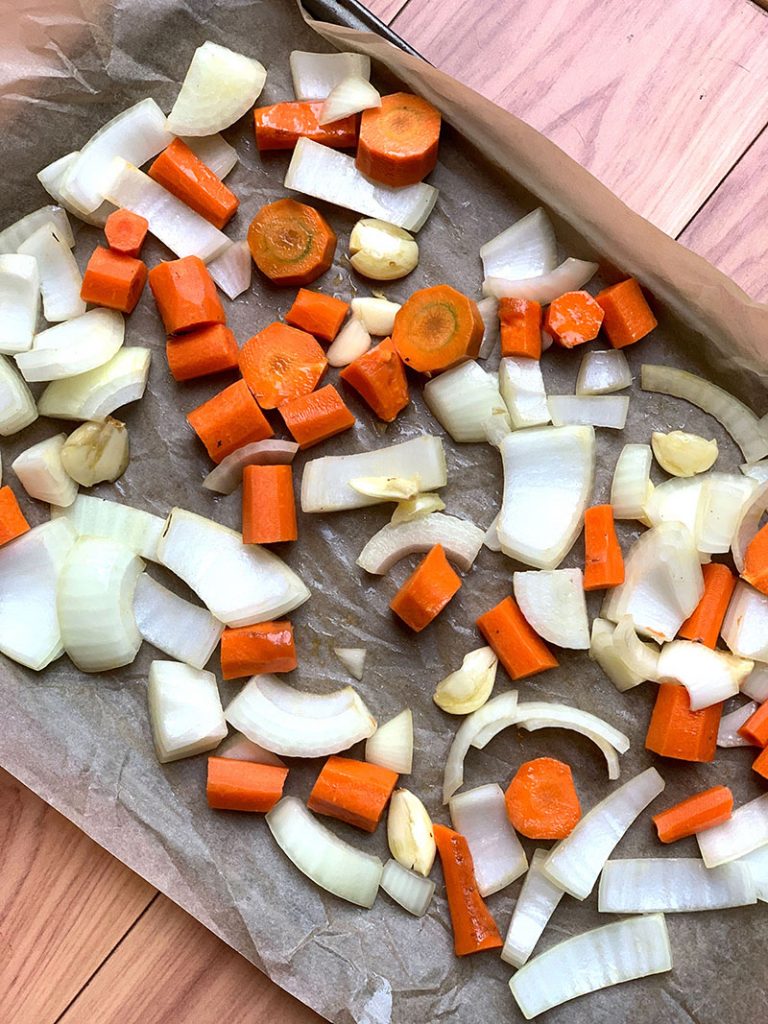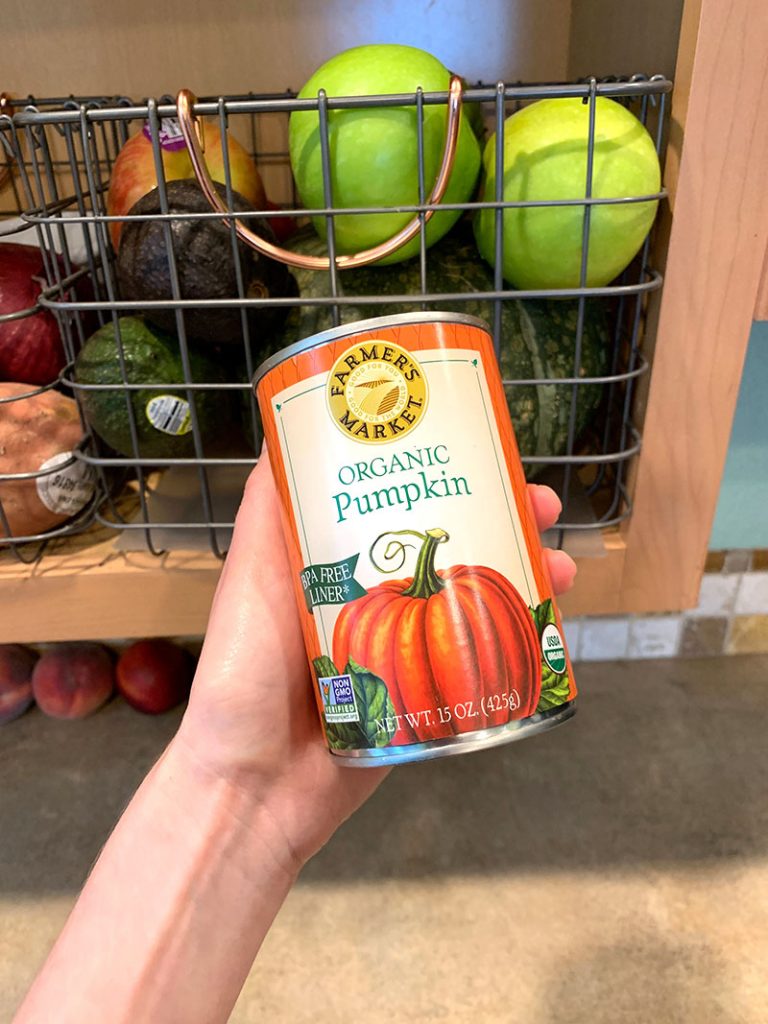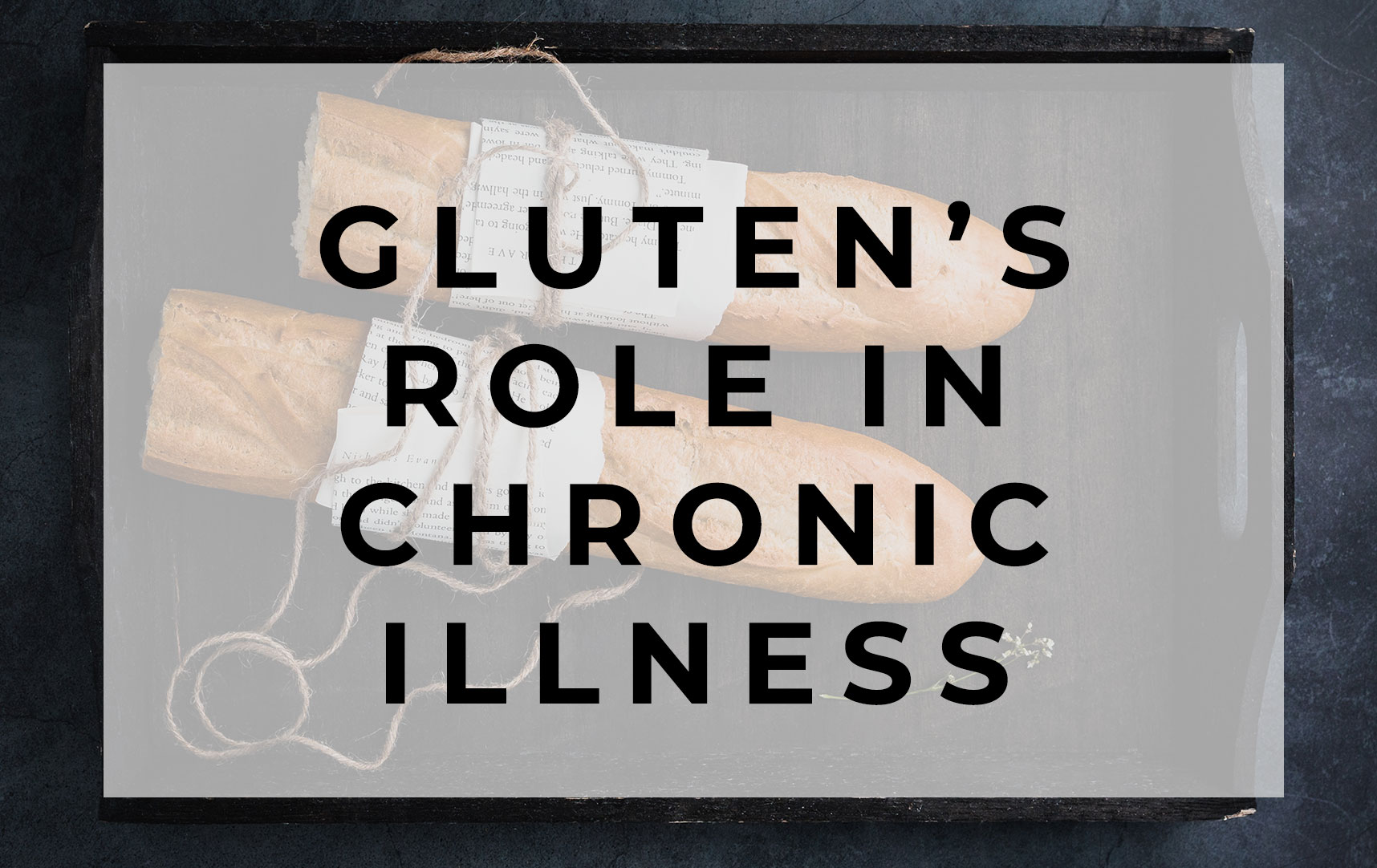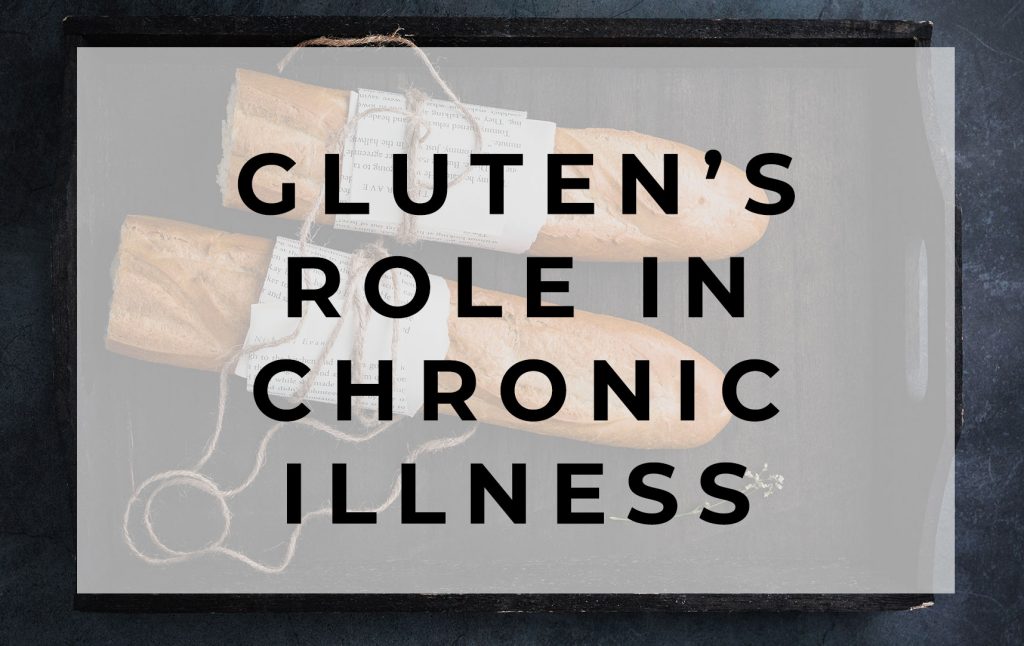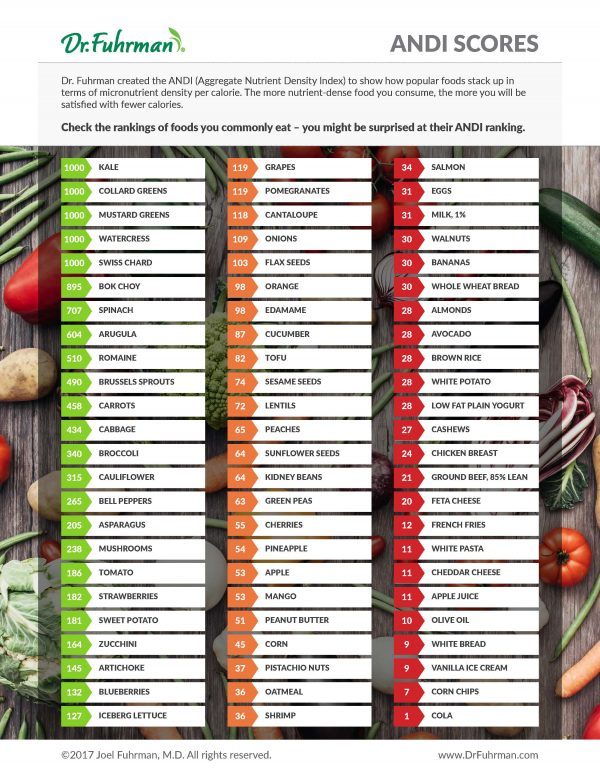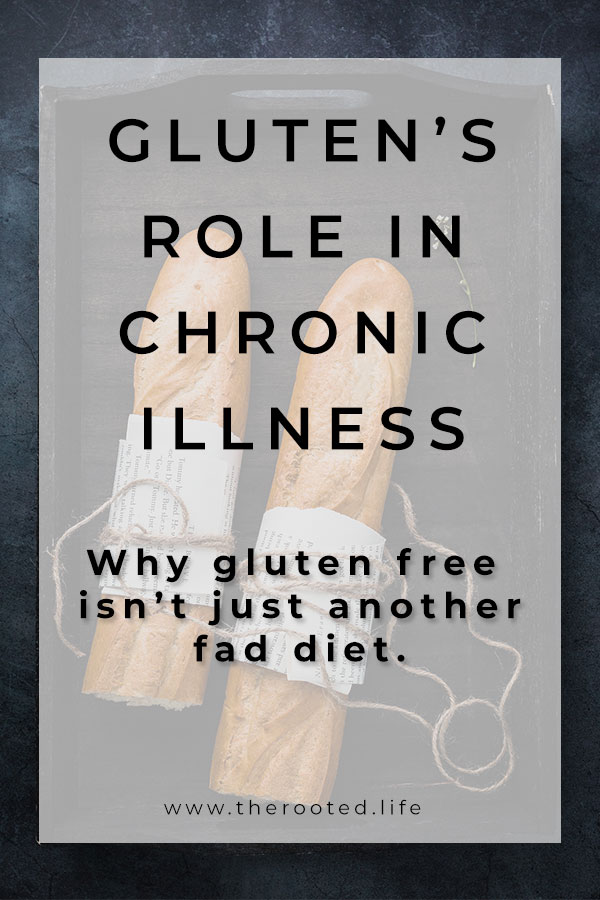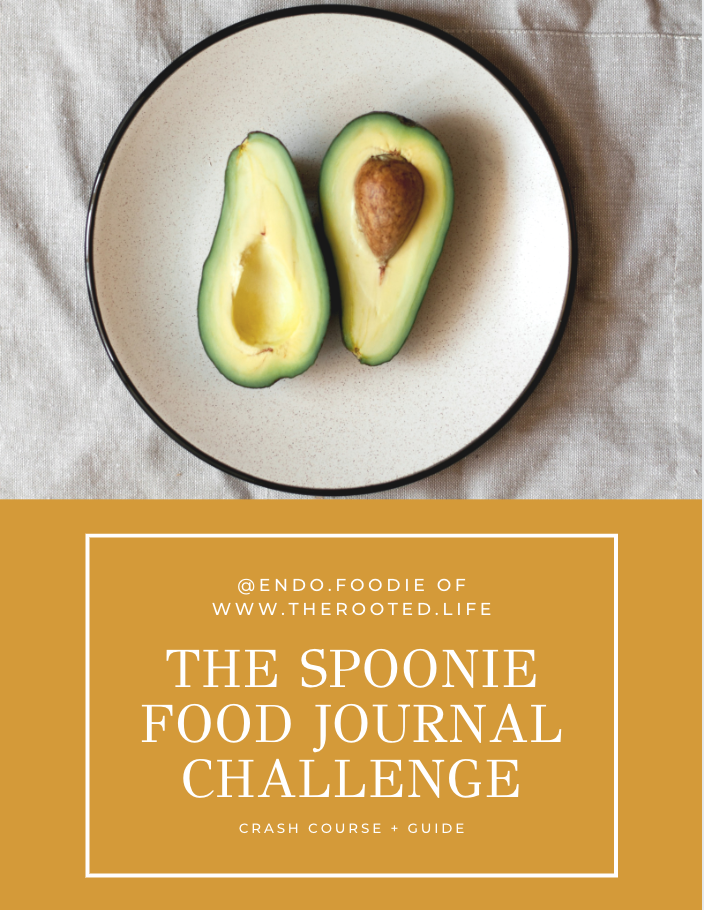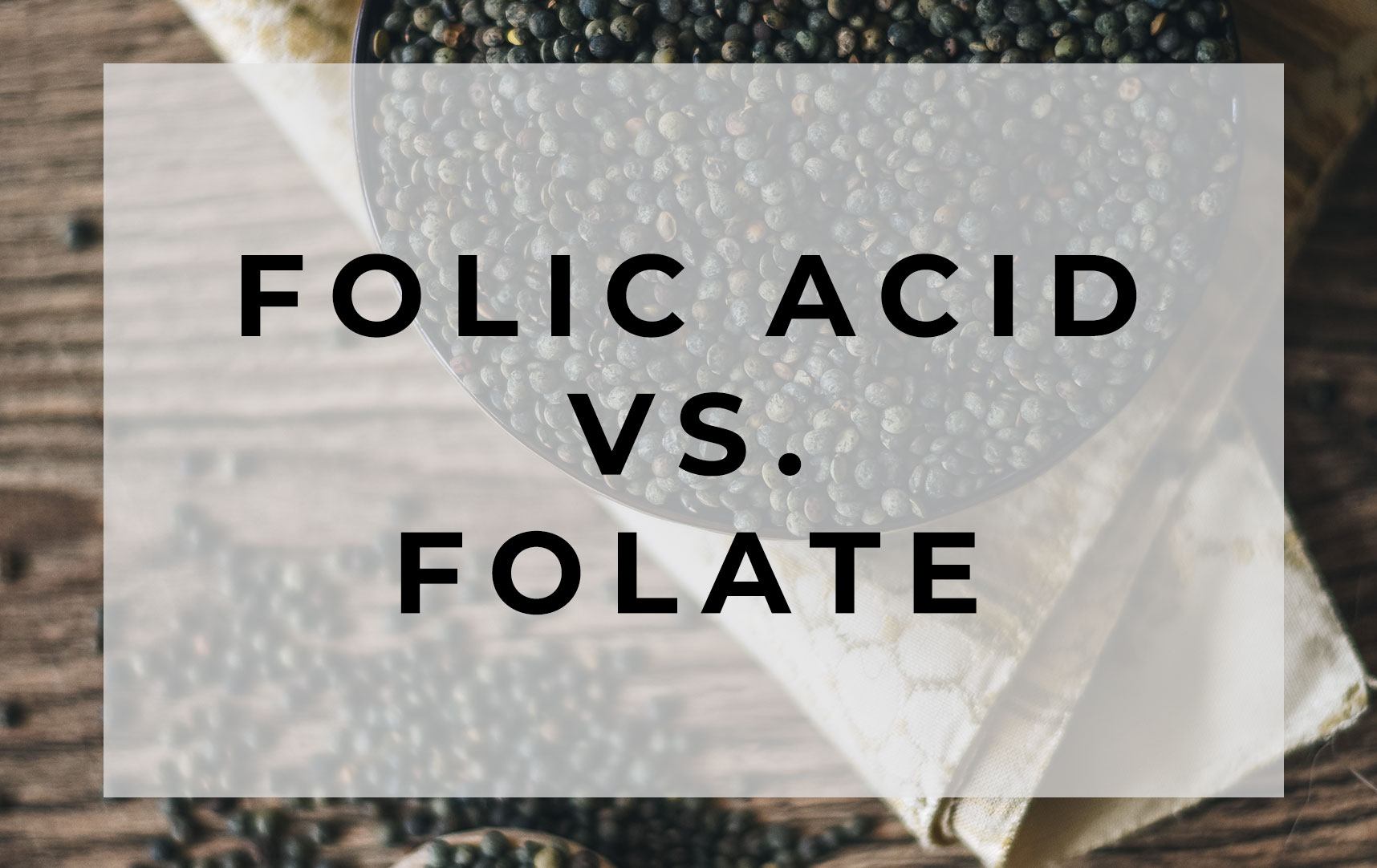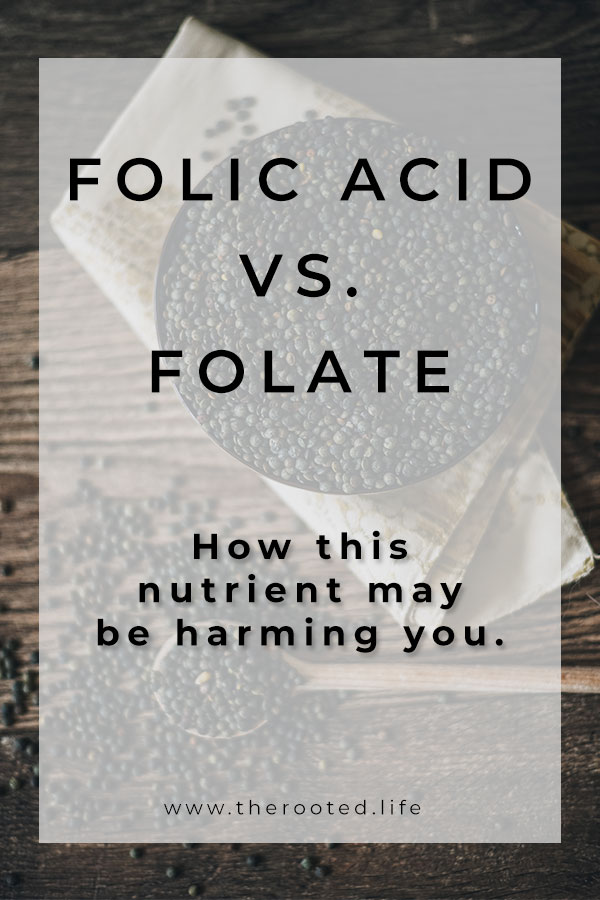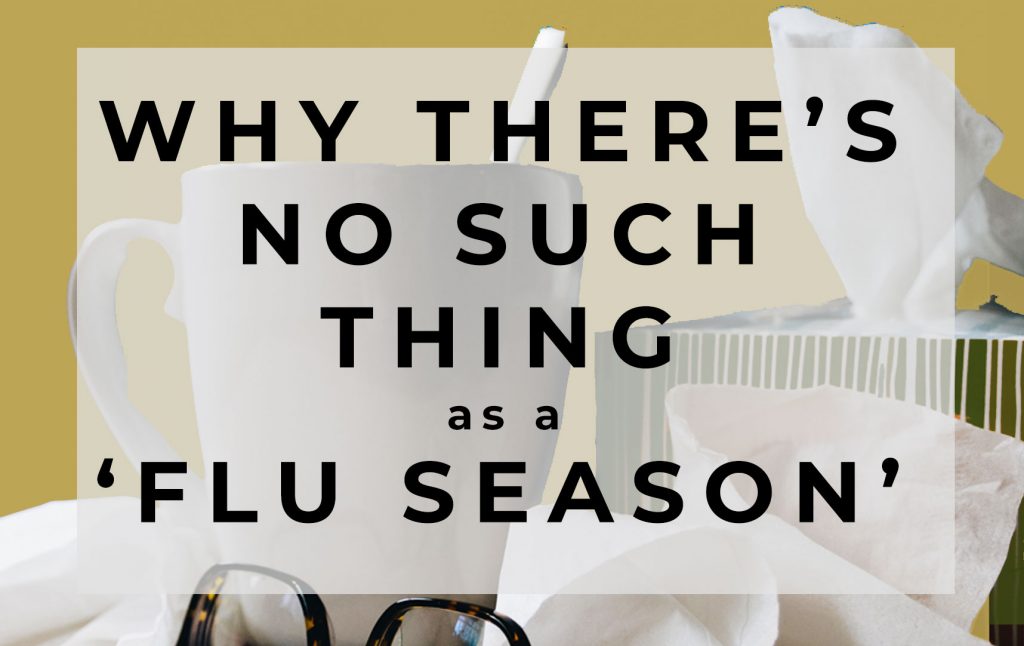
There’s really nothing in particular about the fall and winter months that makes the flu that much stronger. It’s around all year long. What changes is that we become more susceptible to it.
This is due to a variety of lifestyle factors that happen to coincide with this time of the year for many of us.
So let’s break some of these down and figure out how to avoid the flu this year and some natural ways to boost your immune system.
Sugar
One of the leading causes of a depressed immune system is that we just naturally eat a more high carb, high sugar diet over the winter months. Not as much food is fresh this time of year, so we reach for more refined foods- like pastas, rices, breads etc. But on top of that there’s the Halloween candy, pumpkin spice lattes, Thanksgiving feasts laden with sweet potato casserole and pumpkin pie and then Christmas treat galore- from figgy pudding to the Christmas cookies we leave out for Santa and his reindeer. It’s hard to resist even if we’re being super conscious of it. We only get to live this one life- right?
But one of the things about sugar is it’s an immune system killer for multiple reasons.
First of all, diets high in sugar can lead to high blood sugar, and high blood sugar reduces white blood cell activity, therefore depressing immune function.
Secondly, every time we eat sugar, our bodies need to produce insulin from our Pancreas to grab onto the sugar and transport it into the cells. This is how our bodies regulate our blood sugar levels and it takes metabolic energy- think nutrient expenditure. Often, our bodies do this SO efficiently and our pancreas produces TOO much insulin and transports too much of the sugar into cells that our blood sugar crashes soon after, leading to hypoglycemia, or low blood sugar. This is known as the blood sugar rollercoaster. When our blood sugar drops our adrenals release cortisol, our stress hormone, to go on over to the liver to break down stored sugar called glycogen back into sugar to raise our blood sugar back up. The process usually repeats aaannnd it usually makes us reach for more sugar to speed up getting over that crashy feeling- this is one of the reasons we get sugar cravings.
The body sees high blood sugar as an emergency, and therefore all available energy and nutrients will be shuttled into producing cortisol, the stress hormone, just to keep us alive. This leaves less energy and nutrients for the rest of the body, including the immune system. This phenomenon is known as the cortisol steal.
Cortisol isn’t all evil, it’s very helpful for many things! It regulates our white blood cells, it speeds up the immune response to a white blood cell signal, and it boosts anti immune and anti inflammatory processes. All good things! It’s when it becomes imbalanced that problems start to arise.
Because cortisol has these anti immune and anti inflammatory properties it can keep colds and flus and sicknesses at bay. But too much of any one thing is rarely good. This is actually why it’s not a great thing to NEVER get sick. It’s a sign of too high cortisol, which has a slew of health issues- including endocrine disruption, gut disruption (high cortisol is enough to cause a leaky gut), neurological disruption etc.
Too low cortisol becomes an issue as well- many times those who are sick and just stay sick for what seems like forever have too low of cortisol.
So you can start to see how much metabolic energy it takes for the body to process sugar.
Your Pancreas, Adrenals and Liver take a hit and it takes nutrients to repair all of that damage. Sugar also takes nutrients to breakdown, for example it takes 56 molecules of magnesium to break down one molecule of sugar.
Magnesium is responsible for over 300 metabolic functions including muscle contraction, regulating your heart beat, and for modulating the immune response- another way that sugar can affect the immune system.
Therefore consistently eating a diet high in sugar will cause nutrient deficiencies and a depleted immune system.
How to Combat The Sugar Beast:
- Saying avoiding sugar seems a little on the nose and impossible, but limiting refined sugars and processed foods is a good start.
- It’s always best to eat sugary treats WITH a quality source of fat or protein, this slows down sugar absorption and the insulin response and helps keep the body in balance. If you know you’re going to indulge in dessert I encourage clients to eat it WITH their dinner as opposed to afterwards or worse even, right before bed. For one, you’ll likely eat less of it and for two, you’ll include it in a more balanced way with fats and proteins to slow down that insulin response.
Nutrient Deficiencies
Aside from the nutrient deficiencies that go hand in hand with sugar consumption, another vital nutrient for immunity is often deficient in the winter time. Vitamin D. The lack of sunshine and increased time spent indoors in the winter leads to vitamin D deficiencies.
What does this vitamin do for your immune function?
Vitamin D is an essential nutrient for turning on certain processes in the body. Vitamin D turns on peptides that triggers your microbial fighting mechanism, allowing you to quickly and efficiently fight off Invaders such as the flu.
And sometimes your vitamin D deficiency is do or made worse from your diet. Vitamin D is a fat soluble vitamin, meaning it is only absorbed by the body in the presence of fat. If you are eating a diet low in fats, or high in poor quality fats, you will not be able to absorb or utilize your vitamin D.
One nutrient that I cannot skip the importance of here is water. Water is actually the most common nutritional deficiency in the American population. Water is needed by the lungs to keep air passages moist and prevent them from drying up as you breathe. Good hydration supports good lymphatic flow, and the lymph is very important for immune cell transportation. Dehydration can exaggerate histamine activity, which can play a role in asthma and allergies. We also need water to create healthy mucosal linings in the sinus, gut and lungs which are very important in regulating immune function and fighting off pathogens. During the winter months we tend to crave more warming beverages such as tea or coffee in favor of plain old water, and we think we’re getting this essential nutrient in with these beverages because we make them with water- right?
Wrong! Coffee and most teas are diuretics, as are other beverages such as soda, alcohol, juices etc. Basically anything that’s not water is likely a diuretic. Diuretics dehydrate and cause the need for even MORE water.
The formula for figuring out your water intake is half your body weight in ounces of water, plus an additional 12 ounces per every cup of diuretic. So for example if you weigh 100 lbs, you’d need 50 ounces of water.
If you weigh 100 lbs and drink 2 8 ounce cups of coffee you’d need the 50 ounces plus an additional 24 ounces for a total of 74 ounces of water.
How to combat Nutrient Deficiencies during the winter months:
- Eating a nutrient dense, whole foods diet is the best way to strengthen the immune system and stay balanced during these winter months.
- Make an effort to include plenty of nutrient dense foods such as bone broth, organ meats, grass fed and pastured animal proteins, seafood and fish, fermented foods, and lots of organic veggies.
- Upping targeted supplementation can be helpful, vitamin d, Zinc and Magnesium are particularly helpful, but you can’t out supplement a nutrient dense diet.
A Note Regarding Immune System Superfoods
A note on the very popular immune stimulating supplements that we hear of during this season, including but not limited to:
- Elderberry
- Echinacea
- Ashwagandha
- Spirulina
- Maca
- Bee Pollen etc
These are all immune stimulators, which means if you have an autoimmune disease or immune dysfunction (like with a leaky gut or endometriosis) then these will upregulate an already compromised immune system and may make you feel pretty lousy. Proceed with caution, and work with a practitioner to develop an individualized supplement protocol that works for your unique situation!
Lack of Movement
Another potential cause of depressed immune function in the winter is the tendency to be more sedentary during the cold rainy months. A sedentary lifestyle is associated with a compromised immune system and decreased resistance to stress. Movement is very important for circulation and getting blood cells around the body, as well as for lymphatic movement. For those of you who do not know, the lymphatic system has no circulation of its own.
We have to stimulate it. That’s why rebounding, dry brushing and lymphatic drainage is a thing.
The lymphatic system is an extensive drainage network that helps keep bodily fluid levels in balance and defends the body against infections. Other than our nasal mucosal lining we discussed, it’s our first line of defense against pathogens.
It transports our immune cells around the body, as well as transports bacteria to our lymph nodes where immune cells called macrophages breakdown and filter these toxins to the liver for excretion out of the body.
Sedentary lifestyles also tend to cause poor sleep and circadian rhythm regulation. And of course, at night during deep sleep is when our bodies repair and heal. No sleep is obviously no good for immune regulation.
On the other side of the spectrum, too much physical activity is actually even worse for the immune system than too little, so it’s all about finding that sweet spot where exercise GIVES you energy instead of drains you. Incorporating movement into our day is the most beneficial thing we can do. Walk around the block when we grab the mail, doing a quick youtube dance class in the morning before starting your day, stretching out and doing yoga while watching tv with the family, etc.
Too much or too little physical activity also decreases resistance to stress (through that same adrenal mechanism we discussed earlier) which leads us to our next point…
STRESS!!
Of everything we discuss, stress is probably the most important and relevant to most of us.
The holidays are freaking stressful. They’re fun and lovely and beautiful and yadda yadda, but they are stressful!
The days are shorter, schedules become more tight, there are more parties and get togethers to plan and attend than usual. There are cookies to bake, presents to buy, people to see. There’s travel and hosting family and dealing with family. There’s financial burden. You get the picture.
Constant stress again dysregulates our HPA axis and creates a chronic cortisol response. What’s interesting is the body doesn’t have the ability to differentiate different types of stress. If a cortisol response is noted, it’s stressful for the body.
So this means sitting in traffic stressing about being late for a meeting is just as stressful as being chased by a bear.
Yeah- read that again! Let it sink in!
The bodily response is the same for both occurrences. It activates our fight or flight response which stops all metabolic processes, including things like digestion and immune function, in order to produce the cortisol needed to sustain these stress levels. The body thinks you are in danger, and the cortisol shuttles all metabolic energy into giving you the strength to survive a stressor- such as a bear attack. It does this by stopping all current metabolic processes (including but not limited to digestion, making healthy hormones, repairing tissues, reducing inflammation) and instead shuttles all energy into cortisol, adrenaline and epinephrine production to increase the heart rate and force all blood flow into the arms and legs to increase your odds of surviving the attack.
But you weren’t attacked- you were just arguing with your boyfriend about where to go for dinner. Unfortunately the body didn’t get the message.
So in the case of chronic or regular stress, you can see that the body shuts off the immune system in order to shuttle all nutrients and metabolic energy to just surviving. This plays a really big role in fertility too! If the body is registering chronic stress, it’s not going to prioritize making healthy hormones and fertility if it’s sensing an unsafe or stressful environment for raising offspring. The body can be frustratingly intelligent.
Some tips for regulating stress:
- Don’t be afraid to say no and try to not overcommit.
- Boundaries are so important.
- Meditation, visualization, deep breathing
- Alternate nostril breathing
- Prioritizing 8 hours of sleep
And lastly, stress reduces stomach acid production, which leads us to my last and final and the most important part of this discussion which is…
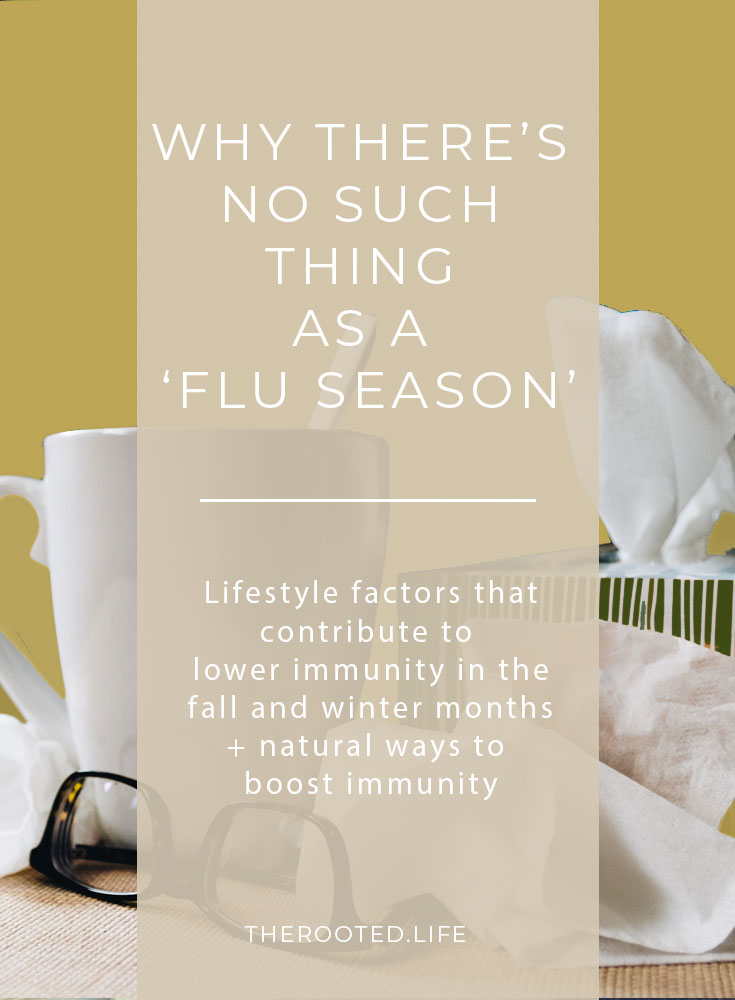
Digestive Function
If your digestion isn’t working properly, this whole lecture and discussion is kind of moot. If you are not properly digesting your food, it’s not possible to get all the nutrients we need to function let alone create a robust immune system.
Signs of digestive dysfunction can be really obvious and include:
- Bloat
- Constipation
- Diarrhea
- Burping
- Heartburn/Acid Reflux
- Stomach Cramps or pains
But signs of indigestion can be more subtle as well:
- Muscle fatigue
- Hair loss
- Loss of taste for meat
- Feeling better after skipping meals
- Becoming sleepy after meals etc
If you suspect you have poor digestive function, talking to a functional practitioner (like me!) to heal the gut and work on digestion is going to be the best thing you can do to heal the immune system and achieve overall optimum health.
Some things to do to enhance digestive dysfunction:
- 1-2 tbsp of Apple Cider vinegar before meals, OR herbal bitters 15 or so minutes before meals. Not both! These help to increase your stomach acid production which is a GOOD thing! We often think that we have too much stomach acid and that’s why we get upset tummies and/or heartburn, but 99.9% of the time the exact OPPOSITE is true! More info on this in a later post!
- Making sure we are in a parasympathetic, or rest and digest state before we eat. This is so so so so so so (I could go on and on, but I won’t) important. Remember if we’re stressed it turns off all metabolic function- including digestion! Meal times are not ideal times for ‘family meetings’ or arguing, and it’s really best to not be eating and doing things during- like watching tv or reading or working. Meal times are for laughing and giving thanks and gratitude and enjoyment.
- Working with a practitioner to investigate digestive dysfunction and help you improve function
To Sum
So- to recap, many lifestyle factors that are common during the winter months culminate in the unfortunate decline of the state of the immune system. Diets high in holiday sugary treats, nutrient deficiencies, lack of sunshine, lack of movement, high stress and digestive dysfunction are just some of the lifestyle factors that we can be proactive about as we gear up for the so called flu season.
Overwhelmed! I still have a few one on one counseling spots open before the holidays! Get a free consult on the books!

